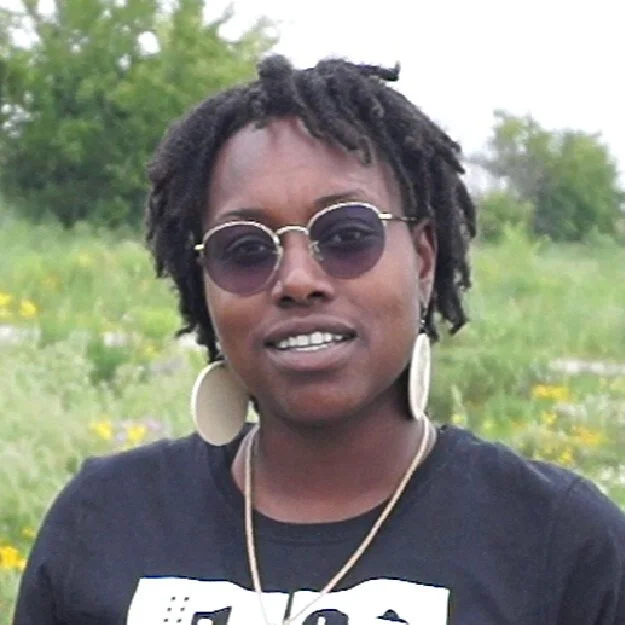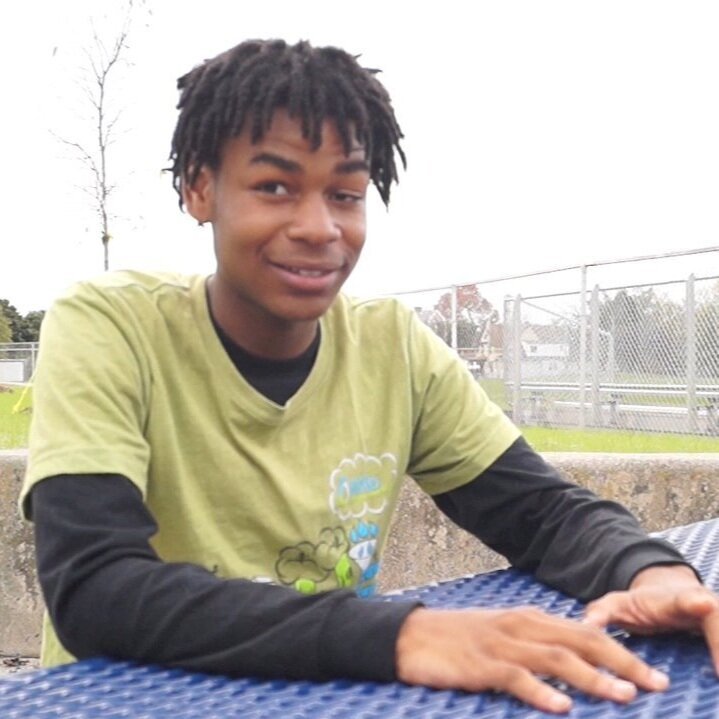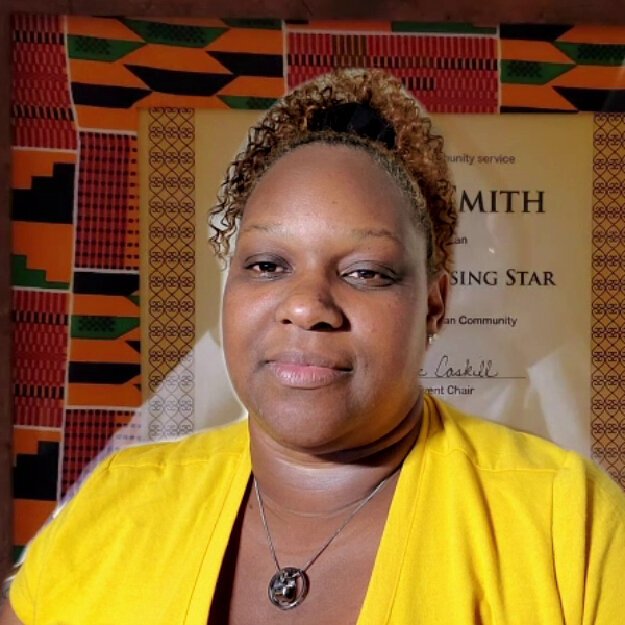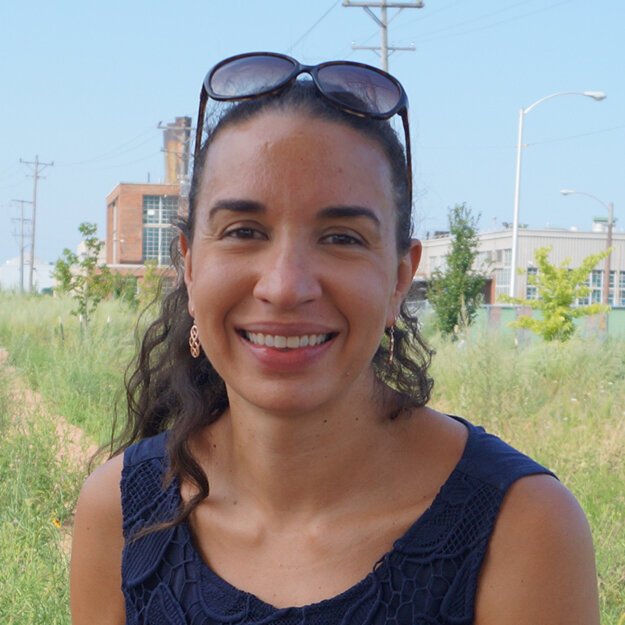G: Green Tech Station
In 2021, WaterMarks interviewed partners, young artists, young scientists, and others about this amazing green infrastructure research & demonstration site in Milwaukee’s 30th Street Corridor designed to support field trips.
Danitra Jones
“I see us engaged long-term with this, not just cleaning up the Beerline but developing more projects and more events along the Beerline that bring people together.”Camille Nitsch
“I see us engaged long-term with this, not just cleaning up the Beerline but developing more projects and more events along the Beerline that bring people together.”Joe Branca
“Meeting all these collaborative groups here and seeing all the green infrastructure has been very inspiring and exciting to me.”
Ashanti Weeks
"Art is you. It’s your way of speaking—expressing how you feel and what changes you would like to make in the world. Voice your opinion through art. Get involved.”Chris Pack
"They're learning a lot about stormwater management throughout this process with the end result of hopefully getting some job skills.”Dontae Luttrell
“I look at it at a different perspective. Everything is not going to be given to you. You gotta go get it. Reflo has given me the chance to go get what I want.”Kayla Hooper
“The most interesting thing I learned [Lake Michigan] is just how big it is. I knew it was big. I didn't know it was one of the bigger Lakes… Of course, Lake Superior is bigger.”Emily Thao
Emily, whose native tongue is Hmong, was impressed with a bench painted by another artist. On that bench, the word for water is depicted in languages, including Hmong: dej.Nazareth Casillas-Reyes
I just really love doing art and painting and things like that. And also I’m really into environmentalism—just taking care of our planet, because it's the only one we have.”Wilniesha Smith
“You can point to any of these projects and say this is what you can imagine in your neighborhood and this is how it can be utilized.”Pam Ritger
“I really love how our younger generations—Millennials, Gen Z—they really are stepping up. They want to become part of the solution. They know that they can.”Lauren Lepold-Schiro
"Art is you. It’s your way of speaking—expressing how you feel and what changes you would like to make in the world. Voice your opinion through art. Get involved.”Will Plautz
“It’s been interesting working with ArtWorks because you see how much the teens are given—so much autonomy and so much say over what they do. ”Brad Anthony Bernard
“The breadcrumbs are a way that everybody can feel informed and learn together and then it might have a lasting impact that might be a gateway interest for a child or youth down the line.”














